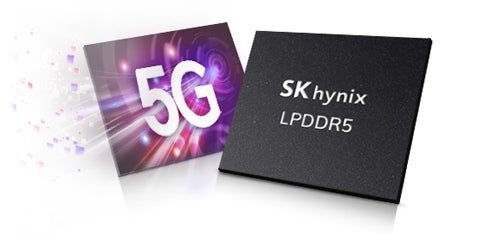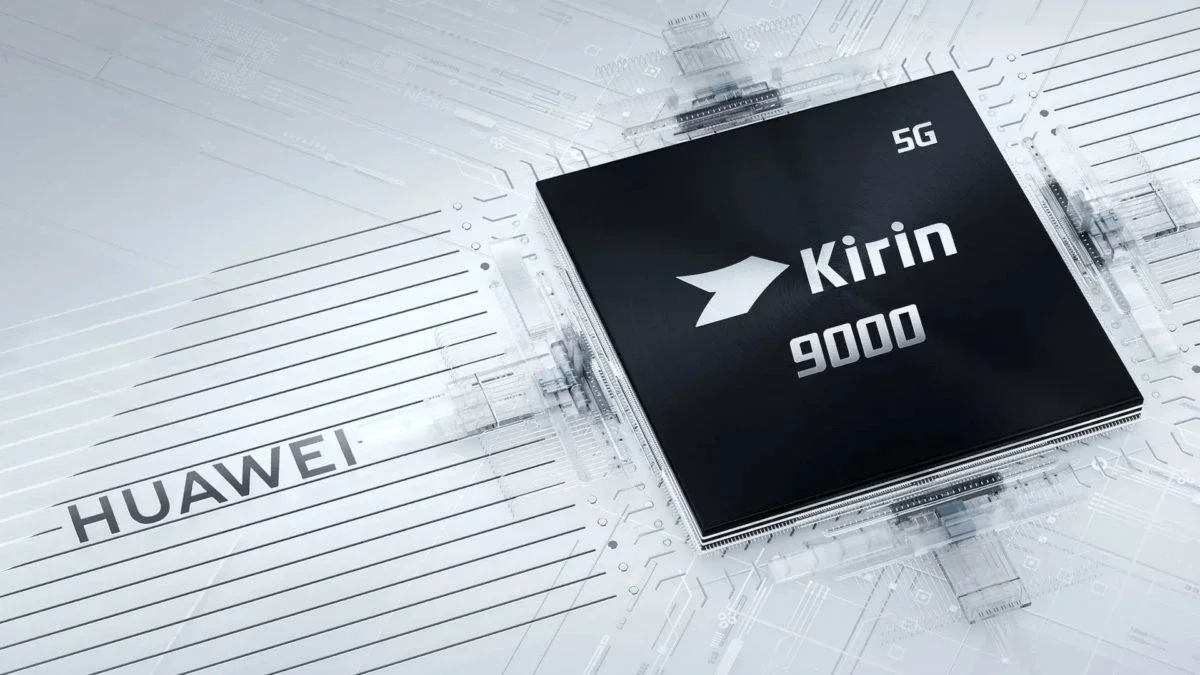Chipmaker SK Hynix says it “strictly adheres to US government export restrictions”
according to
CNNSouth Korean chipmaker SK Hynix is trying to figure out how two of its memory chips ended up inside the Huawei Mate 60 Pro. Canadian company Techinsights dismantled the new flagship phone and discovered that Huawei is using an SK Hynix 12GB LPDDR5 RAM chip along with a 512GB NAND memory chip from the same company.
SK Hynix 12GB LPDDR5 RAM chip found inside Huawei Mate 60 Pro
Speaking to CNN, J. Dan Hutcheson, vice president of TechInsights, said: “The significance of the development is that there are limits on what SK Hynix can ship to China. Where do these chips come from? The big question is whether any laws were broken.” ” Random access memory (RAM) is used to store short-term data so that it can be retrieved quickly without going through long-term memory. NAND flash memory is used for data that will be stored long-term and continues to store data even if the device using it does not have battery power.
A spokesperson for SK Hynix told CNN yesterday that he was aware that its memory chips had been found in the Mate 60 Pro phone, and said that the company was investigating the matter. The company said that “SK Hynix strictly adheres to the export restrictions imposed by the US government,” and stated that it “no longer does business with Huawei since the US restrictions were imposed on the company.” A review of the US export rule that is supposed to keep high-end chips away from Huawei was announced in 2020 (more on this later).
Some believe that the memory chips were obtained by Huawei in secondary markets and were not purchased directly from SK Hynix. Another possibility is that Huawei, prior to the review of US export rules, had stockpiled enough of the above components for future use. Techinsights says it is still researching the Mate 60 Pro, and found that most of the components used in the device were provided by Chinese companies.
Two US Congressmen want to impose tougher restrictions on technology exports to China
It also said that the phone is already equipped with a 7nm Kirin 9000s 5G application processor designed by Huawei’s HiSilicon semiconductor unit and built by China’s largest foundry, SMIC. How SMIC managed to produce chips without using sophisticated lithography equipment is another question. While SMIC produced 7nm chips a few years ago, they were not as good as smartphones and were used for computers mining cryptocurrencies.
As the White House looks into how to manufacture the Kirin 9000s chips, US Congressmen Mike Gallagher (R-Wisconsin) and Michael McCaul (R-Texas) called on the United States to tighten restrictions on technology exports to China.
In addition to introducing the Mate 60 Pro on August 30, Huawei last week announced a premium version of the phone called the Mate 60 Pro+. This model is also powered by the Kirin 9000s chipset. Ahead of the introduction of the new flagship models, Huawei has obtained licenses allowing it to import special versions of Qualcomm’s Snapdragon 8+ Gen 1 SoC chipset for use with 2022’s flagship Mate 50 line and this year’s P60 series. These chips have been modified to prevent them from working with 5G networks.
The last time Huawei released a flagship phone that used its homegrown Kirin chip was in 2020 when the Mate 40 line featured the Kirin 9000 and Kirin 9000E APs built by TSMC using its 5nm process node.









More Stories
JPMorgan expects the Fed to cut its benchmark interest rate by 100 basis points this year
NVDA Shares Drop After Earnings Beat Estimates
Shares of AI chip giant Nvidia fall despite record $30 billion in sales